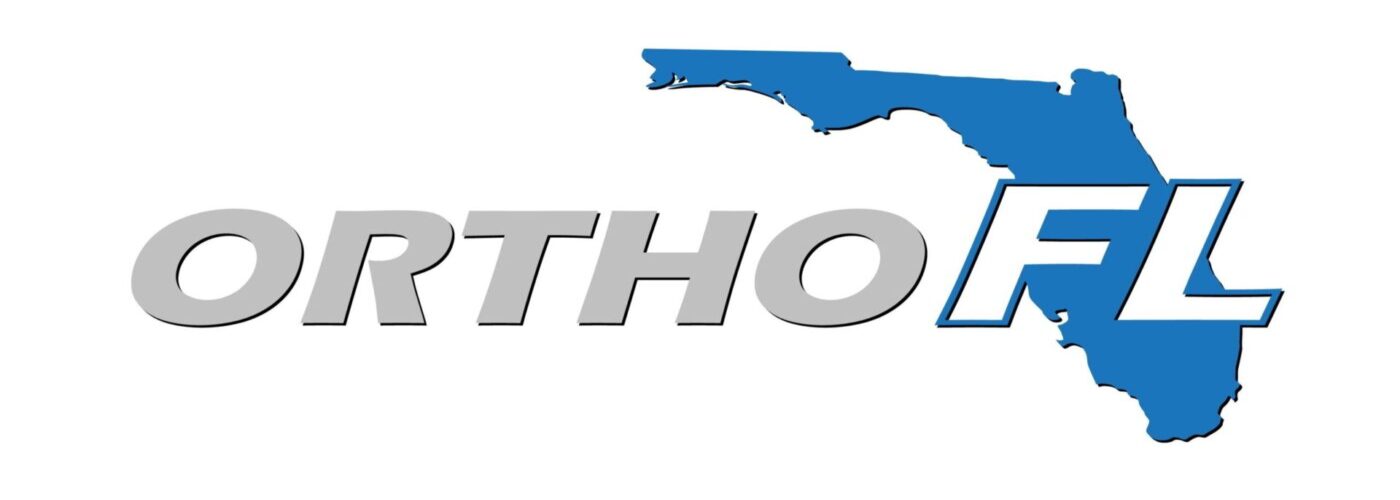
In medicine, orthopedic practice administration encounters considerable hurdles in a world where diverse medical systems are changing rapidly. Thus, for effective management to be achieved in orthopedic practice administration, a combination of strategic planning, adoption of advanced technologies, and a patient-centered approach must be used. This should be applied regardless of whether the orthopedic clinic is a small enterprise or an extensive practice, as these components are central to the business.
Strategic planning is a powerful tool in orthopedic practice management. It empowers you to create goals, predict requirements, and manage resources. By planning, you can steer your practice toward a future that anticipates industry trends and regulatory changes. This proactive approach ensures you control your practice’s destiny, even in a rapidly changing healthcare landscape.
A patient-centered approach is more than just a buzzword in orthopedic care. It’s a game-changer. This approach, which considers the patient’s general health and physical illness, boosts patient satisfaction and loyalty. Open communication, empathy, and tailored treatment plans are not just lovely to have; they are essential for a successful orthopedic practice.
Prioritize Expert Staff Management
Staff management is crucial in any medical practice. In orthopedics, where treatment accuracy is vital, your staff must be skilled, motivated, and aligned with your practice goals. Implementing proper employee management not only strives for better quality services but also improves operations, client satisfaction, and, thus, overall efficiency.
Ongoing Training
Implementing programs that provide continual professional development and training is vital to maintaining a high standard of care. This critical factor not only ensures team members are abreast of the latest orthopedic procedures and technologies but also empowers them, making them feel valued and integral to the practice’s success.
Regular workshops, seminars, and online courses are about more than just about learning new things. They are about maintaining a high standard of care. These training opportunities keep your team updated on the latest developments in orthopedic medicine, including new operative techniques, diagnostic tools, and patient management system improvements.
Incentives for Performance
The second strategy for improvement is a performance-based incentive that rewards orthopedic group members for top-quality patient care and efficiency. These programs include financial bonuses, recognition awards, and career development opportunities.
In the rewarding performance process, you create a culture happy with achievement and stimulate the orthopedic groups to keep pushing for the high-performance bar. This improves patient outcomes, staff self-esteem, and operational efficiency.
Open Communication
Open and transparent communication within the practice is not just a tool for dealing with sensitive or problematic situations. It’s a powerful way to boost staff morale, making them feel heard and appreciated. Routine team meetings, feedback conferences, and an open-door policy create an atmosphere where staff members feel valued and integral to the practice’s success. This sense of belonging fosters a positive work environment and enhances operational efficiency.
Through continuous training, performance rewards, and open discussions, you can construct an alliance of skilled, driven, and devoted professionals whose primary purpose is to provide top-notch orthopedic care. This way of working increases employee contentment decreases turnover, and delivers better patient experiences and outcomes.
Harness Advanced Technology
Implementing cutting-edge technology can significantly improve the effectiveness of orthopedic practice management. The appropriate technologies can increase diagnostic precision, treatment outcomes, and patient engagement.
Electronic Health Records (EHR): An EHR system simplifies patient information management. This will simplify keeping records current, monitoring patient progress, and coordinating care.
Telehealth Solutions: Incorporate telehealth to provide remote consultations, which can be especially helpful for patients experiencing mobility challenges or following up on surgical procedures.
Patient Portals: Establish a comprehensive patient portal that allows patients to schedule appointments, access their medical records, and contact their healthcare professionals directly.
Implement Effective Administrative Practices
Beyond simply handling schedules and billing, effective administration of an orthopedic office requires more than just those two things. It comprises complete business operations management, compliance with legal requirements, and protection of patient data.
Strategic Financial Management: Maintain a financially sound practice by utilizing careful budgeting, accurate billing, and comprehensive auditing to identify areas for financial growth.
Maintaining current knowledge: knowledge of healthcare legislation relevant to orthopedic practice is essential to ensuring compliance and avoiding potential legal problems.
Risk Management: Create a proactive risk management plan that addresses all elements of practice operations, from patient care to workplace safety.
Focus on Patient-Centered Care
Patient care is the most crucial aspect of managing a medical practice. Regarding orthopedic groups, guaranteeing patient happiness is paramount because treatments can include extensive recovery and rehabilitation work. By focusing on patient-centered care, you can inspire and motivate your team to strive for excellence in improving patient outcomes.
The provision of personalized care plans: involves tailoring treatment plans to match each patient’s specific requirements, considering the patient’s unique circumstances, objectives, and way of life.
Patient Education: Make available a wide range of materials and education to assist patients in comprehending their diseases, the various treatment options available to them, and the anticipated outcomes.
Feedback Systems: Establish a method for collecting patient feedback to continuously enhance the quality of care provided and take fast action to resolve any problems that may arise.
Thus, using these successful management techniques in your orthopedic clinic can improve operational efficiency, happier patients, and better healthcare results. You should adopt these procedures if you want your orthopedic practice to be known for excellence.
Call to Action
Ready to improve your orthopedic practice? Implement these management practices today to enhance operations, patient care, and teamwork at Ortho Florida. Continuous training, new technology, and patient-centered treatment can significantly improve your practice’s efficiency and overall satisfaction.
Start with ongoing staff training to keep your team up on orthopedic medicine. Use EHRs and telemedicine to improve diagnosis and patient engagement. Use tailored treatment plans and open communication to promote patient-centered care.
These improvements are crucial to your orthopedic practice’s success. Start these adjustments today to improve your practice’s performance and patients’ experiences. Start improving orthopedic treatment today and make your clinic a beacon of quality.



